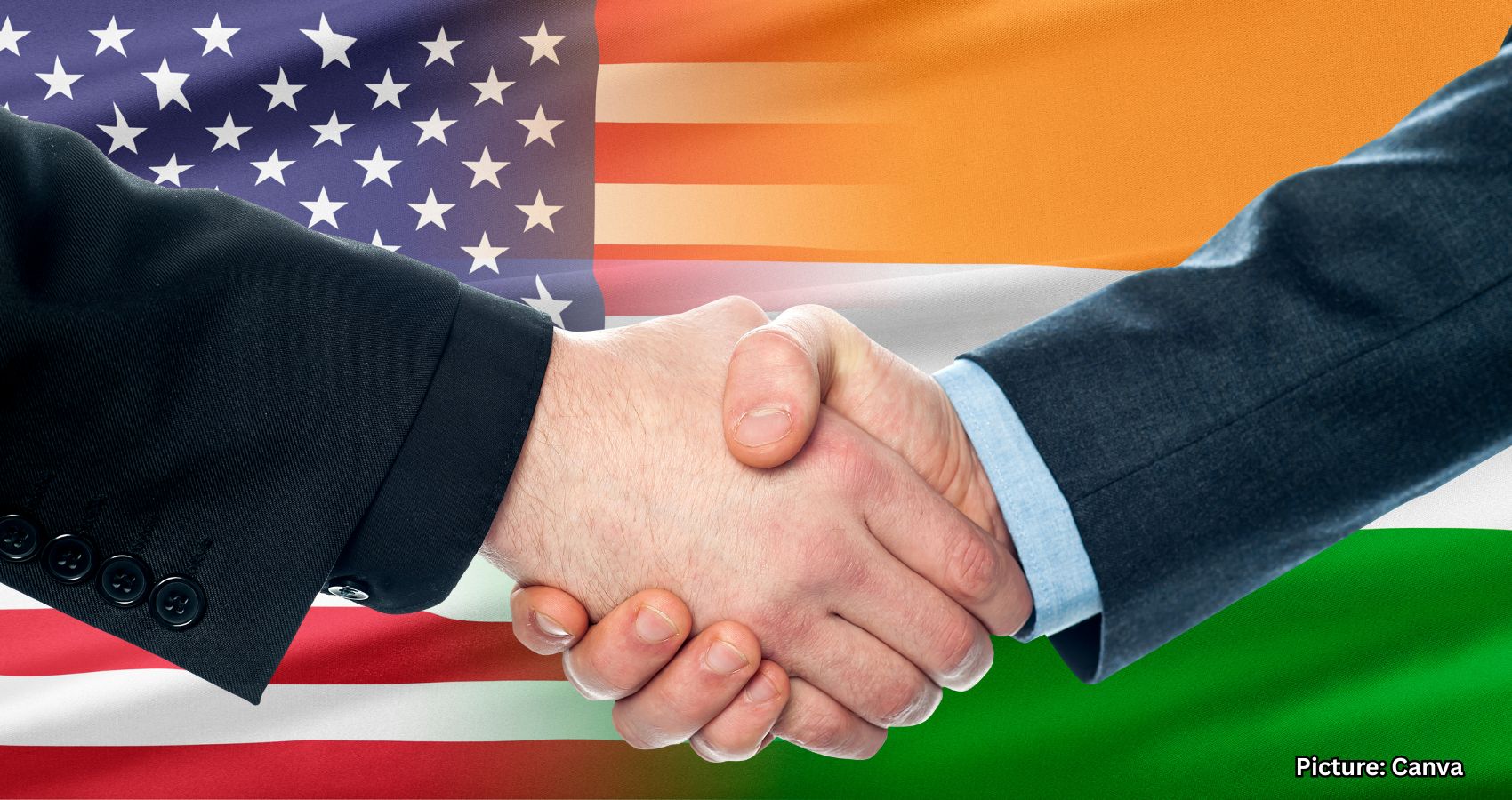The United States is pursuing an interim trade agreement with India that could lower proposed tariffs to below 20%, which may position India favorably compared to other nations in the region.
The United States is in the process of negotiating an interim trade deal with India, which may significantly reduce proposed tariffs to less than 20%, according to individuals familiar with the ongoing discussions. This development stands to elevate India’s status against its regional counterparts.
Unlike many other nations that have recently received tariff demand letters, India does not anticipate such a demand and expects that the trade arrangement will be formally announced through a statement. The interim deal would provide a framework for continued negotiations, offering New Delhi the opportunity to address unresolved issues before a broader agreement is potentially reached in the fall.
The anticipated statement is expected to set a baseline tariff under 20%, a reduction from the initially proposed 26%. However, the language within the statement is likely to allow for further negotiation of the rate as part of the final agreement. The precise timing of this interim deal remains uncertain.
If finalized, India would join a select group of trading partners that have secured agreements with the Trump administration. In contrast, numerous trading partners have been unsettled by recent announcements of tariffs as high as 50%, ahead of an August 1 deadline.
The Indian Ministry of Commerce and Industry, along with the White House and the Commerce Department, did not immediately respond to requests for comment regarding this potential agreement.
New Delhi aims to secure terms more favorable than those in the recent agreement reached between the United States and Vietnam, which saw import duties set at 20%. Vietnam, surprised by this rate, is still attempting to renegotiate. Besides Vietnam, the UK is the only nation with which President Trump has announced a trade deal.
In an interview with NBC News, President Trump mentioned contemplating blanket tariffs of 15% to 20% for most trading partners. Currently, the global baseline minimum levy affecting nearly all US trading partners stands at 10%.
Thus far, announced tariff rates for Asian nations range from 20% for both Vietnam and the Philippines to as high as 40% for Laos and Myanmar.
India was among the first countries to engage the White House in trade talks this year; however, tensions have surfaced in recent weeks. Although President Trump stated that an agreement with India is nearing completion, he simultaneously threatened additional tariffs due to India’s involvement in the BRICS group. A delegation of Indian negotiators is expected to travel to Washington soon to advance these talks.
India has already presented its best offer to the Trump administration and outlined the limits it is unwilling to cross during negotiations. However, the two countries remain entrenched in disputes over several key issues, including Washington’s request for India to open its market to genetically modified crops, which New Delhi has opposed on behalf of its farmers.
Some contentious topics, such as non-tariff barriers in the agricultural sector and regulatory processes within the pharmaceutical industry, continue to prevent the two nations from reaching a consensus, according to those familiar with the matter.
Source: Original article

